ChengYu: 十面埋伏 Meaning
Check out what the Chinese idiom "十面埋伏" means and how to use it in a sentence. It was also the title of a popular Chinese film by Zhang YiMou, "House...
How to say Pokemon names in Chinese
All images below are from Bulbapedia and belong to Nintendo, The Pokemon Company, and Ken Sugimori.
Pokémon Go is sweeping across the world. Even though the game has yet to come to mainland China (despite how much money it could make there), the game is now available in Chinese-speaking regions such as Hong Kong and Taiwan.
We decided to have some fun looking at Pokémon names in Mandarin Chinese. (Note: Depending on the region and dialect, the Pokémon names vary. For example, "Pokémon" is sometimes translated to "神奇宝贝(shén qí bǎo bèi) and sometimes translated to "宠物小精灵 (chǒng wù xiǎo jīnglíng)".) Translations for foreign proper nouns to Chinese can go one of two routes: be phonetically-translated or contextually-translated. A lot of brand names go either route or even use a dual-adaptation.
We took a look at the Pokemon names in Chinese, and the literal translations definitely made us giggle. (Want to learn how to laugh in Chinese? Read our post here.) Sit back, relax, 'cause you'll be scrolling for a while.
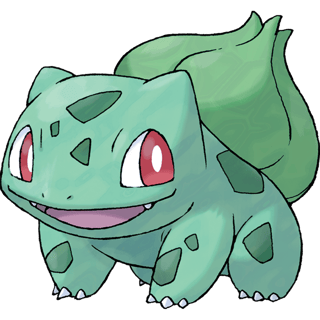
Bulbasaur is 妙蛙种子 (miào wā zhǒng zǐ) in Chinese.
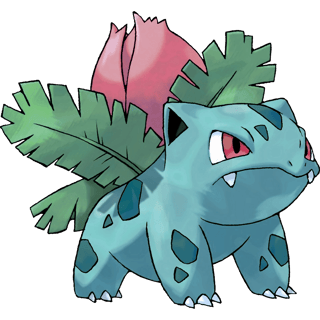
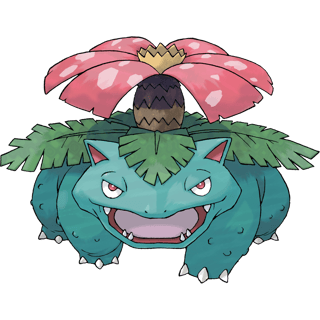
Venusaur is "妙蛙花 (miào wā huā.)"
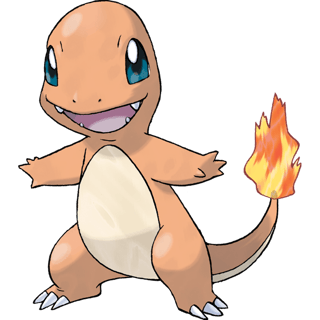
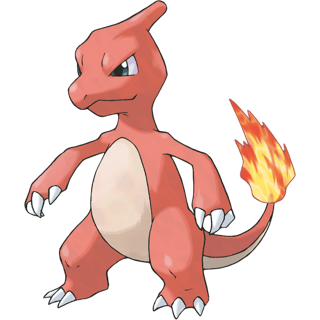
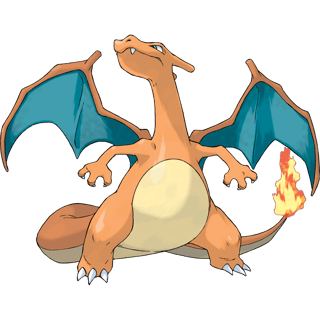
Charizard is 喷火龙 (Pēn huǒ lóng.) (The words "喷火 (Pēn huǒ)" which mean “fire-breathing" or "fire-spitting" are also the the phrase for "flamethrower," which was a Chinese invention.)
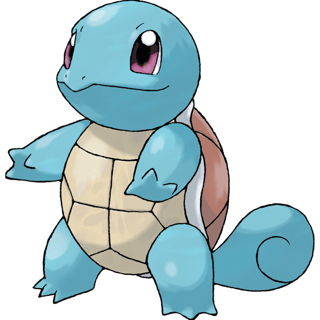
Squirtle is "杰尼龟 (jié ní guī)" in Chinese. It is a phonetic translation from the Japanese name, "Zenigame."
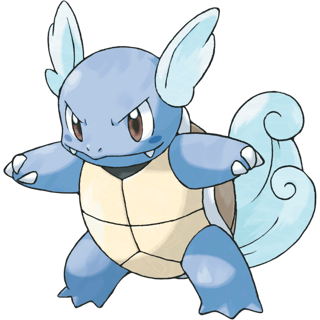
Wartortle is "卡咪龟 (Kǎmīguī)." The name came from the Japanese name for Wartortle, "Kameil." "Kame" means "Turtle" in Japanese. Therefore the Chinese name actually means "Turle Turtle."
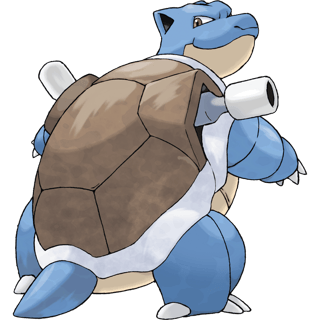
Blastoise is 水箭龟 (shuǐ jiàn guī.) It means "water arrow turtle," or "water rocket turtle."
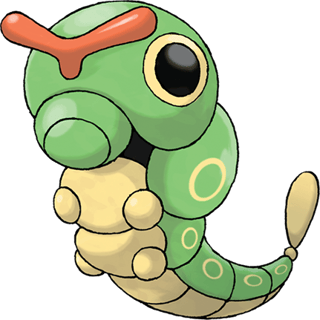
Caterpie is "绿毛虫 (Lǜ máo chóng.)"
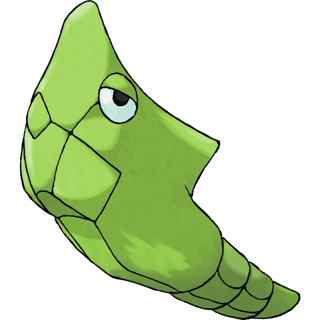
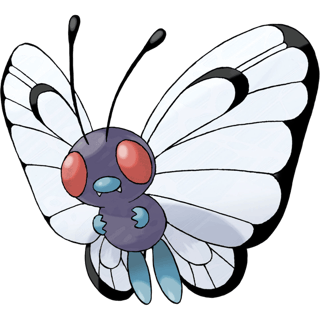
Butterfree is "巴大蝴 (Bā dà hú.)" 巴大 (Bā dà) sounds like "butter," so the Chinese writers put this there for phonetic purposes. It helps that "大" means "big."
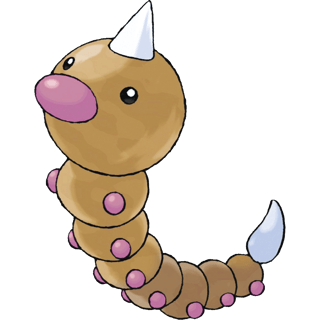
Weedle is "独角虫 (dú jiǎo chóng)."
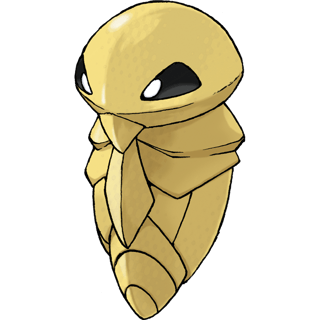
Kakuna is "铁壳昆 (Tiěkékūn)."
“昆 (kūn)" is one half of the phrase "昆虫(chóng)" which means "insect." This phrase is more scientific.
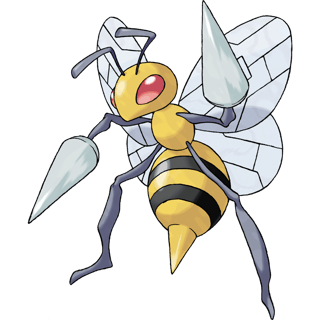
"Beedrill" is "大针蜂 (dà zhēn fēng)."
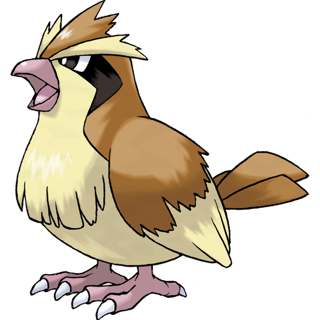
Pidgey is "波波 (Bōbō)." Just like its Japanese name, Pidgey's Chinese name was chosen to mimic the sound of a pigeon cooing. (Read more on what animals sound like in Chinese here.)
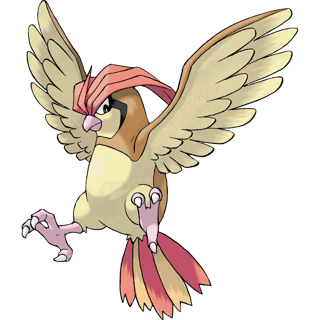
Pigeotto is "比比鸟 (Bǐ bǐ niǎo)," which came from the Japanese name and "鸟 (niǎo)" which means bird.
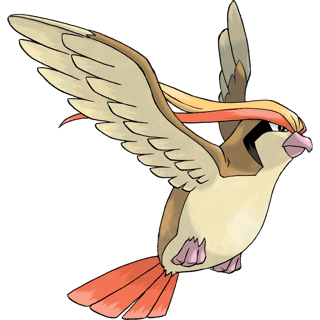
Pigeotto is "比雕 (Bǐ diāo)."
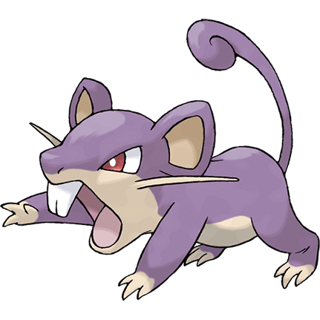
Rattata is "小拉达 (xiǎo lā dá)." It is a phonetic translation, meant to sound like "rat."
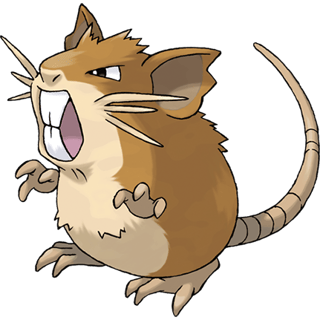
Raticate is "拉达 (lā dá)."
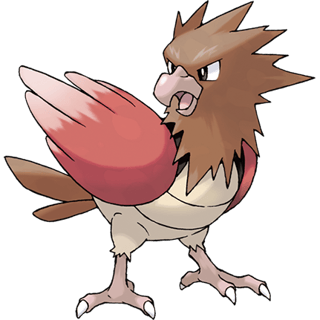
Spearow is "烈雀 (Liè què)."
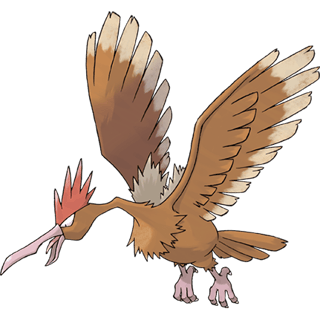
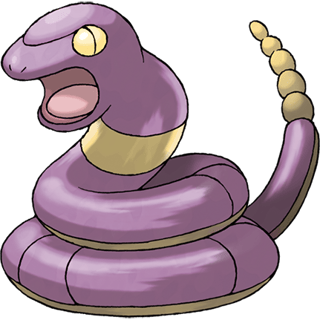
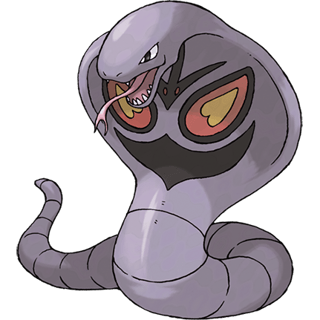
Arbok is "阿柏怪 (Ā bó guài)." The namemakers probably ran out of ideas here.
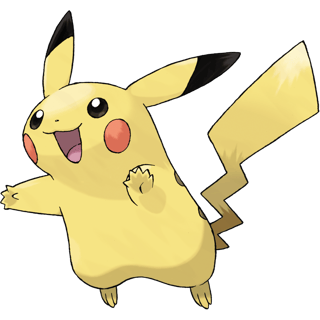
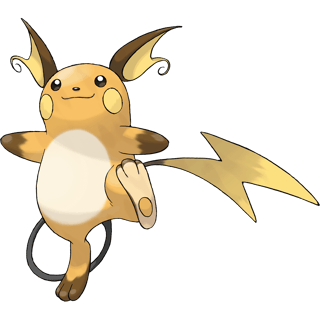
Raichu is "雷丘 (Léi qiū)."
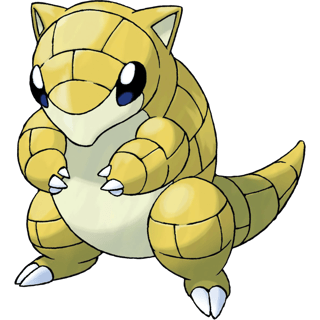
Sandshrew is "穿山鼠 (chuān shān shǔ)."
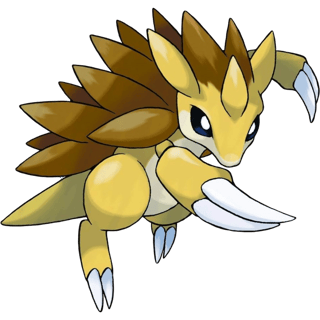
Sandslash is "穿山王 (chuān shān wáng.)"
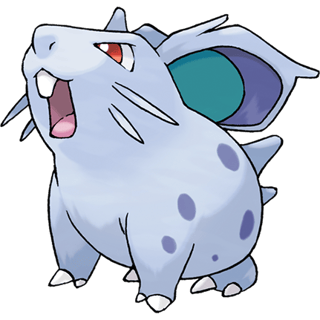
Nidoran is "尼多兰 (Níduōlán.)" "兰" means "orchid" but also sounds like "ran." Having a flower in your name is common in Chinese female names.
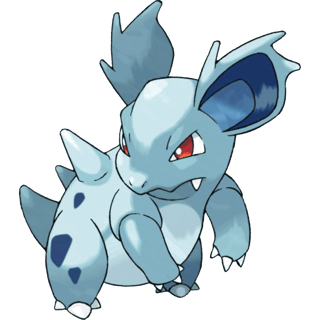
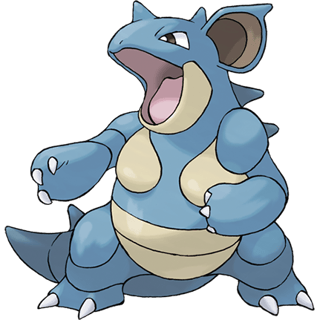
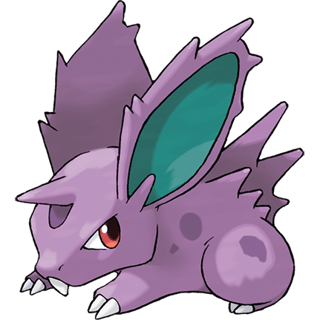
Nidoran is "尼多朗 (Níduōláng)." "朗" is a commonly seen character in a lot of Chinese male names.
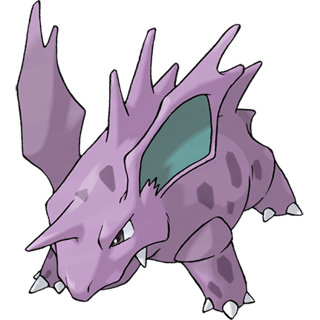
Nidorino in Chinese "Níduōlìnuò (尼多力诺.)" It is a direct phonetic translation.
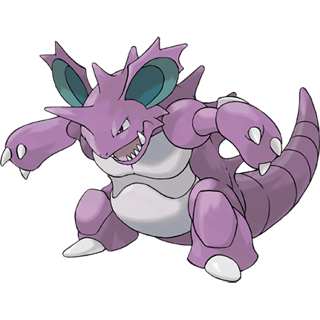
Nidoking in Chinese is "尼多王 (Ní duō wáng.)"
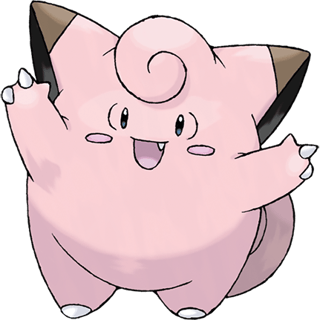
Clefairy is "皮皮 (Pípí)" which comes from the Japanese name. It is meant to sound like "pixie."
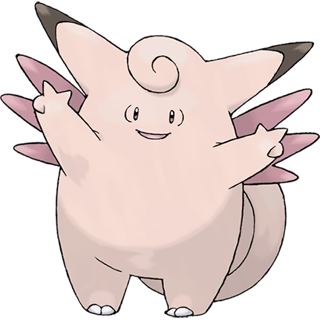
Clefable is "皮可西 (Píkěsī)" in Chinese. This is a direct phonetic translation of the English word "pixie."
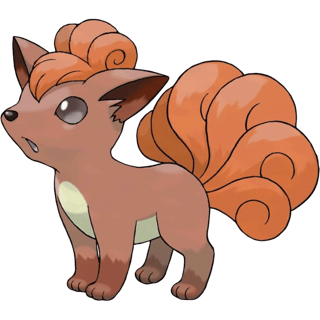
Vulpix is "六尾 (Liù wěi)" in Chinese.
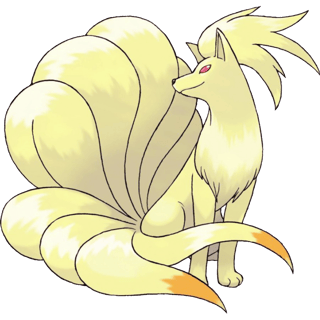
Ninetales is "九尾 (Jiǔ wěi)" in Chinese, a direct context translation.
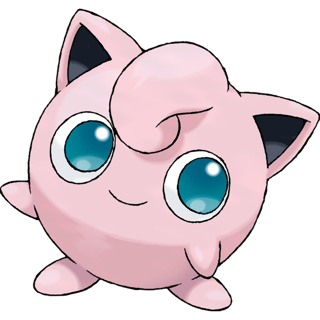
Jigglypuff is "胖丁 (Pàng dīng)." "丁 (dīng)“ can also mean "cube" or "nail." It is translated from the Japanese name, which comes from "pudding."
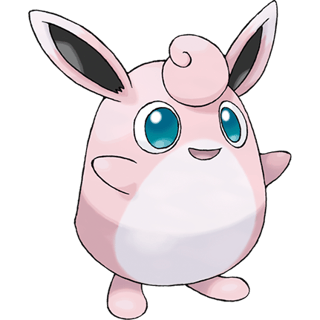
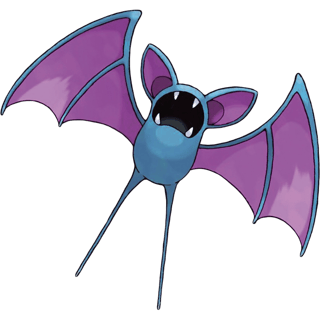
Zubat is "超音蝠 (Chāo yīn fú)."
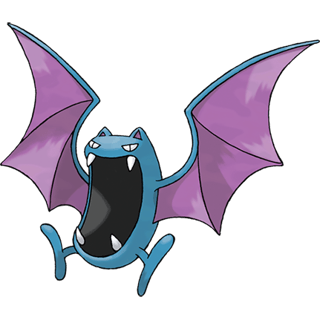
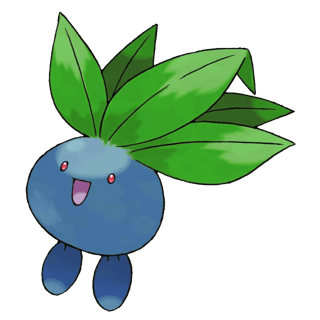
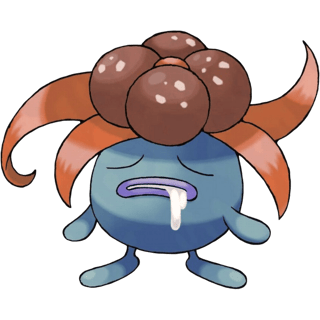
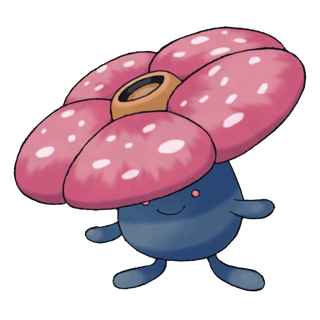
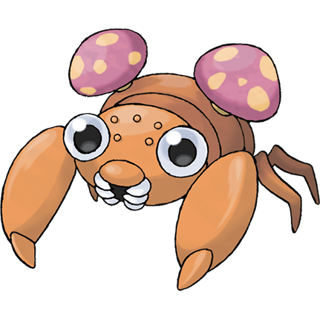
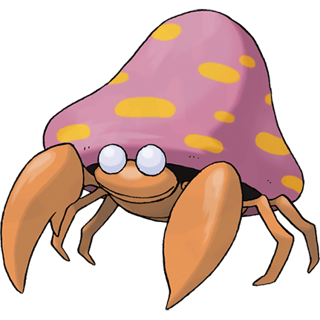
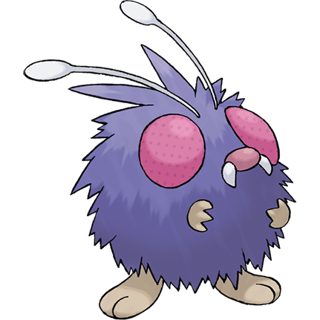
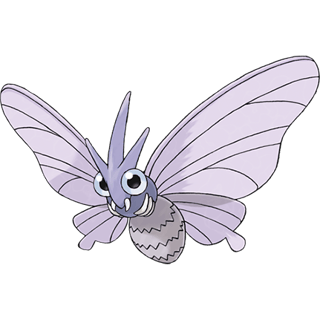
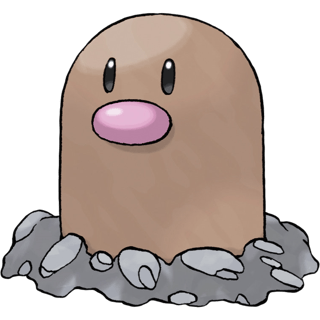
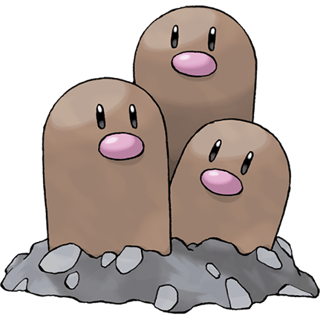
Dugtrio is "三地鼠 (Sāndìshǔ)." "三" means "three." Technically it should be translated as "three gophers," but we like the sound of "three ground mice" better.
Related: How To Say Numbers In Chinese
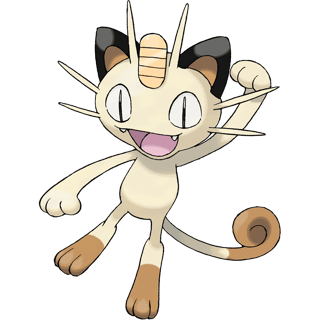
Meowth is "喵喵 (Miāomiāo)." This is the exact sound a cat makes.
Related: What Animals Sound Like in Chinese
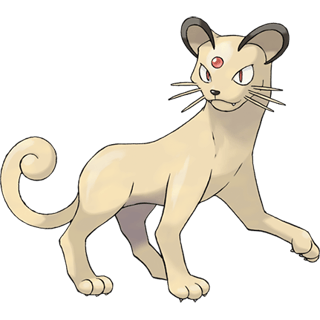
Persian is “猫老大 (Māo lǎo dà.)” "老大" can also mean "eldest."
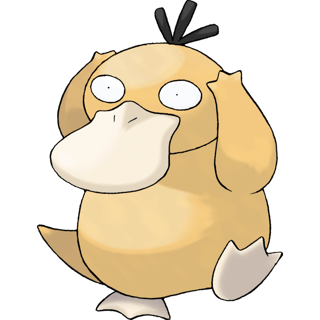
Psyduck is "可达鸭 (Kě dá yā)." "Keda" comes from the Japanese name, which means "child."
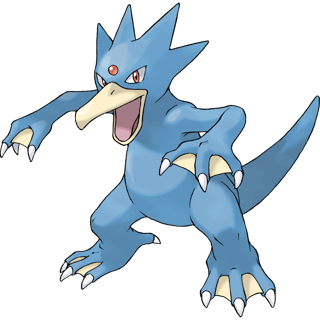
Golduck is "哥达鸭 (Gē dá yā.)" The name is partially phonetically-translated, but also the Chinese character "哥 (Gē)" is comprised of two "可 (kě)" stacked on top of each other. So Golduck's name is almost like an evolution of the Psyduck's name.
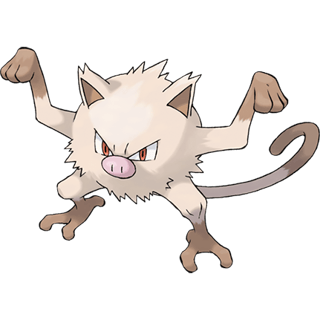
Mankey is "猴怪 (Hóu guài)" in Chinese. Monkeys are important members of the Chinese zodiac.
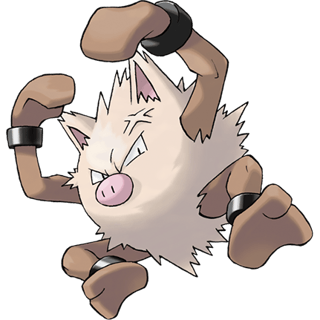
Primeape is "火爆猴 (Huǒ bào hóu)."
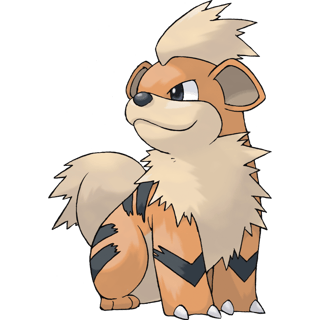
Growlithe is "卡蒂狗 (Kǎ dì gǒu.)" "Kadi" comes from the Japanese name, which means "guardian."
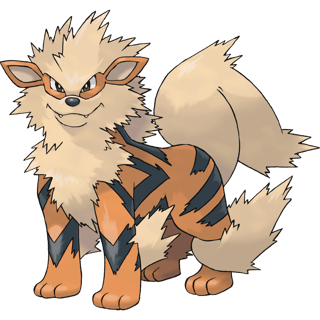
Arcanine is "风速狗 (Fēng sù gǒu)." The Japanese name is literally "windie," which is why "wind" was incorporated into the Chinese name.
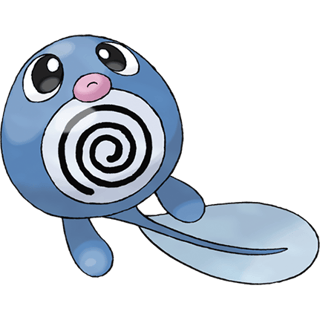
Poliwag is "蚊香蝌蚪 (Wén xiāng kē dǒu) in Chinese.“"蚊香(wén xiāng)" refers to a type of incense that is used as a mosquito repellent, which is something you should pack before traveling to China. Since the incense is in the shape of a coil, it resembles the swirl on Poliwag's stomach.
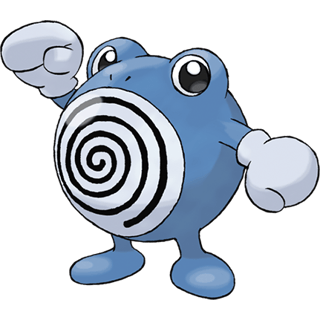
Poliwhirl is "蚊香蛙 (Wén xiāng wā.)"
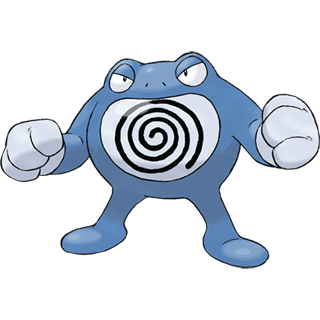
Poliwrath is "快泳蛙 (Kuài yǒng wā)" in Chinese.
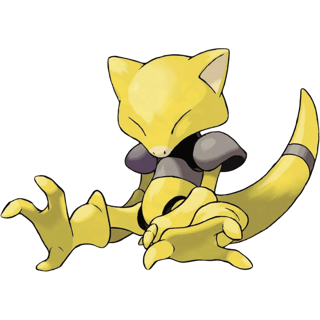
Abra is "凯西 (Kǎi xī)" in Chinese. Its name comes from an American psychic of the 1900s, Edgar Cayce, who was otherwise known as "The Sleeping Prophet."
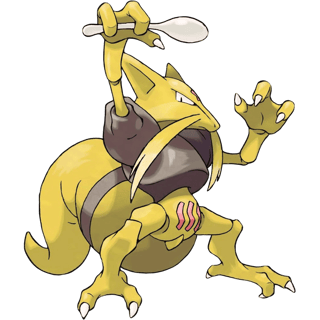
Kadabra is "勇吉拉 (Yǒngjílā)" in Chinese. Its name comes from the Israeli psychic, illusionist, television personality Uri Geller, who was famous for his psychokinesis trick of spoon-bending.
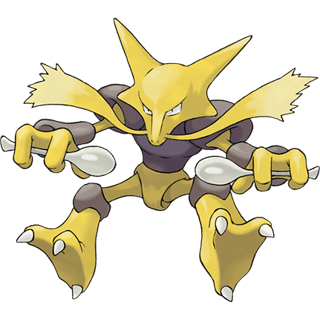
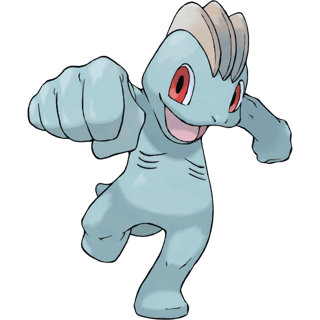
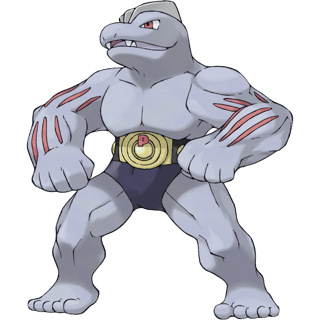
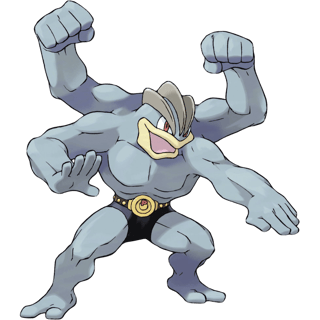
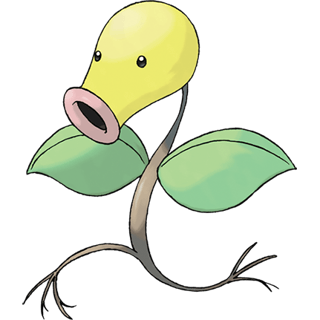
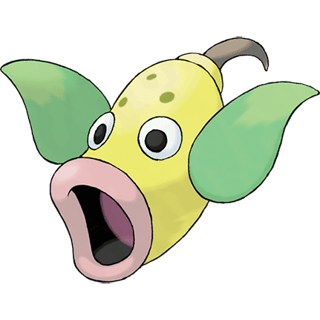
Weepinbel is "口呆花 (Kǒu dāi huā)." "呆 (dāi)" means "blank" or "foolish" in Chinese.
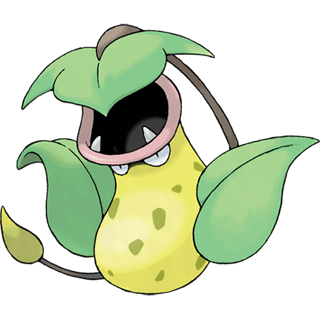
Victreebel is "大食花 (Dàshíhuā)."
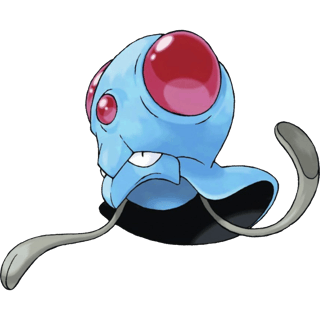
Tentacool is "玛瑙水母 (Mǎ nǎo shuǐ mǔ)" in Chinese. "玛瑙" is "Agate," a very valuable red stone in Chinese culture.
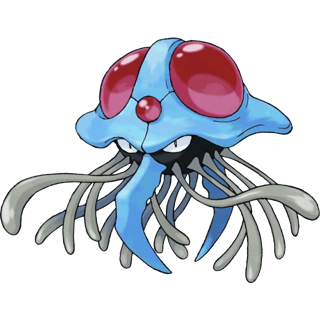
Tentacruel is "毒刺水母 (dú cì shuǐ mǔ)."
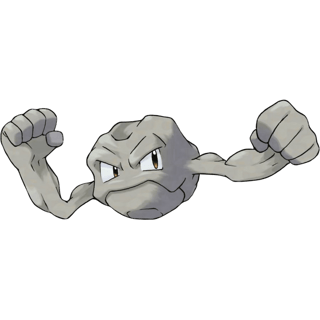
Geodude is "小拳石 (Xiǎoquánshí)."
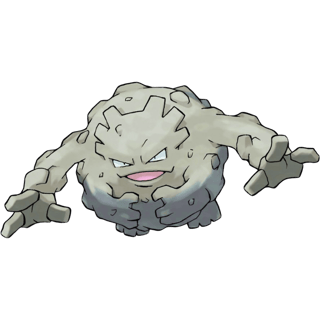
Graveler is "隆隆石 (Lóng lóng shí)" in Chinese. "隆隆" is a sound word for loud noises, such as thunder or drums beating.
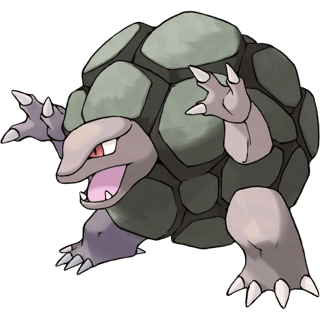
Golem is "隆隆岩 (Lóng lóng yán.)"
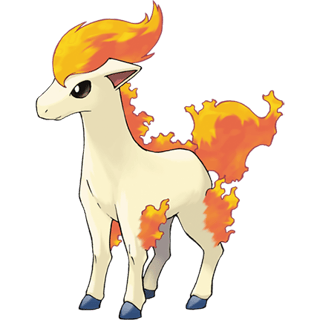
Ponyta is "小火马 (Xiǎohuǒmǎ.)" Horses are also part of the Chinese zodiac.
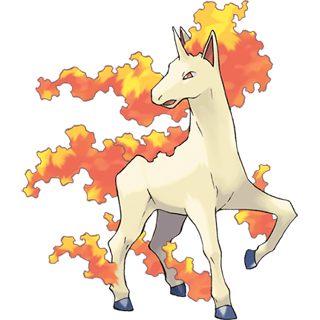
Rapidash is "烈焰马 (Liè yàn mǎ.)"
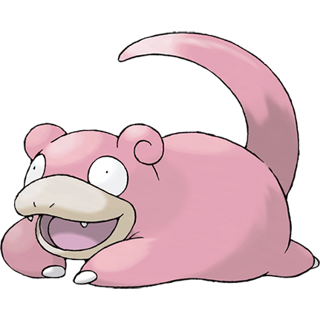
Slowpoke is "呆呆兽 (Dāidāishòu)." As previously mentioned "呆 (dāi)" means "blank" or "dumb" or "foolish."
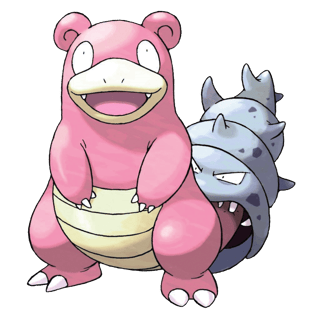
Slowbro is "呆河马 (Dāihémǎ)" in Chinese. The name has also been translated to "呆壳兽“ which means "dumb shell beast."
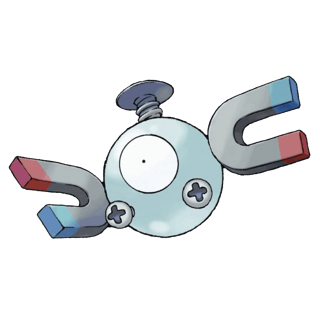
Magnemite is "小磁怪 (Xiǎo cí guài.)
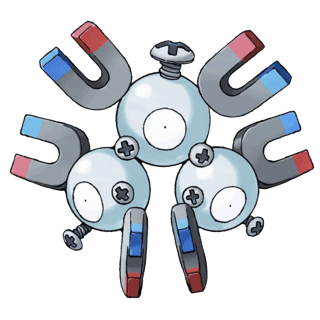
Magneton is "三合一磁怪 (Sān hé yī cí guài)." The phrase "3-in-1", or "三合一" in Chinese, is used a lot in consumer-based product marketing. For example, "三合一" instant coffee is very popular in China. (It's instant coffee that already has cream and sugar added.)
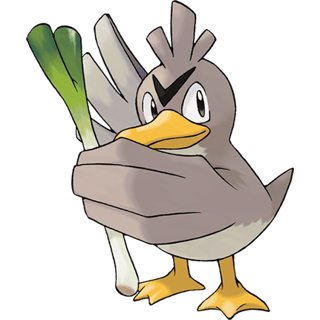
Farfetch'd is "大葱鸭 (Dà cōng yā)" in Chinese. Duck is a very popular dish in Chinese cuisine, and is often served with leeks or onions.
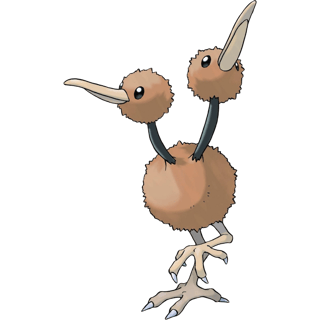
Doduo is "嘟嘟 (Dū dū)" which is also the Chinese name for the extinct dodo bird.
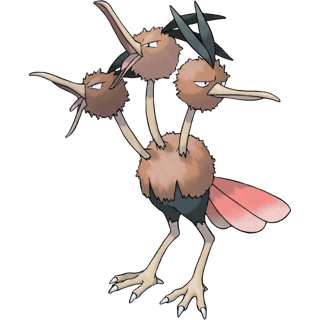
Dodrio is "嘟嘟利 (Dū dū lì)." It comes from the Chinese name for dodo as well as the Japanese translation for "trio."
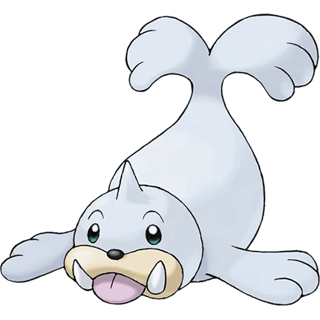
Seel is "小海狮 (Xiǎohǎishī)" in Chinese. It is just as uninventive as its English name.
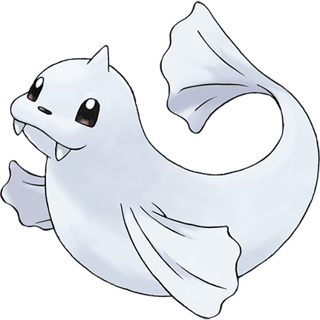
Dewgong is "白海狮 (Bái hǎi shī)."
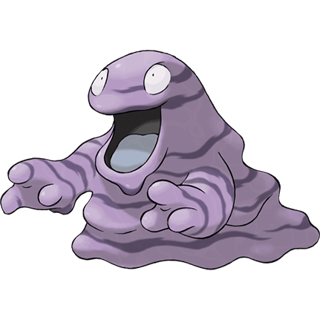
Grimer is "臭泥 (Chòu ní)" in Chinese.
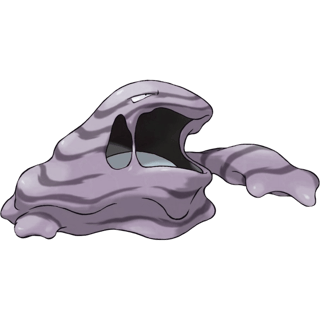
Muk is "臭臭泥 (Chòu chòu ní)." It is basically mud that is twice as stinky as Grimer.
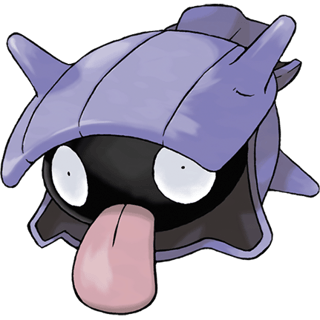
Shellder is "大舌贝 (Dàshébèi)" in Chinese.
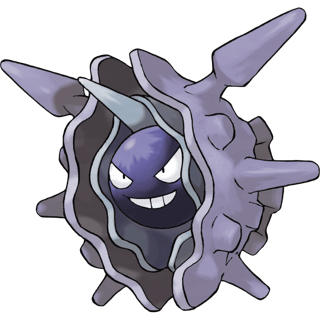
Cloyster is "铁甲贝 (Tiějiǎbèi.)"
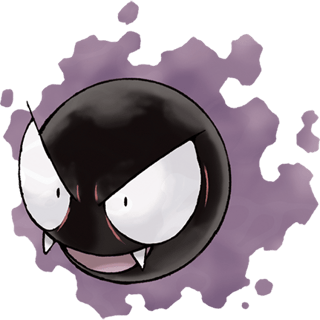
Gastly is "鬼斯 (Guǐsī)" which means "ghost." It comes from the Japanese name, "Gosu."
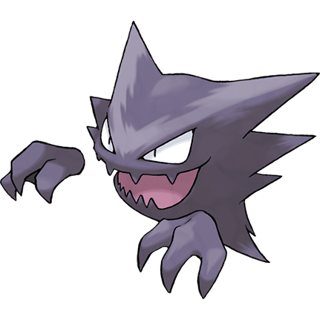
No, that's not a typo. Haunter and Gastly have the same name, with slightly varying characters. Their names are based on the sound of the word "ghost."
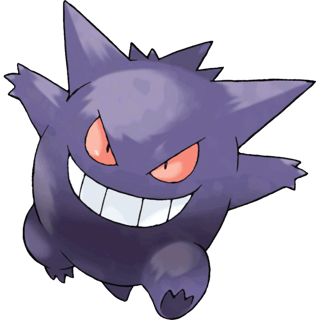
Gengar is "耿鬼 (Gěngguǐ)." It is phonetically translated.
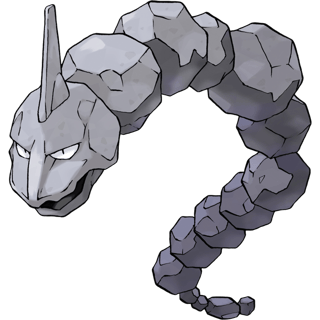
Onix is "大岩蛇 (Dàyánshé)."
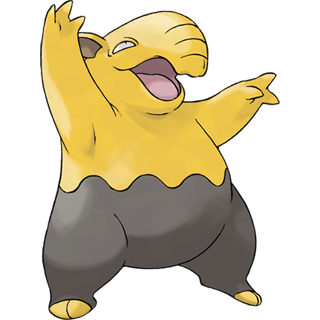
Drowzee's name is "素利普 (Sùlìpǔ)" in Chinese, a phonetic translation from the word "sleep."
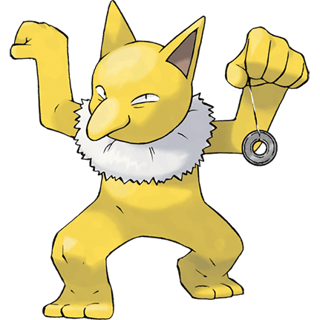
Hypno is "素利拍 (Sùlìpāi)," a phonetic translation of "sleepy."
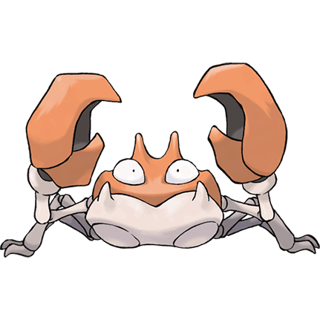
Krabby in Chinese is "大钳蟹 (Dà qián xiè)." "钳" is also the Chinese word for pliers.
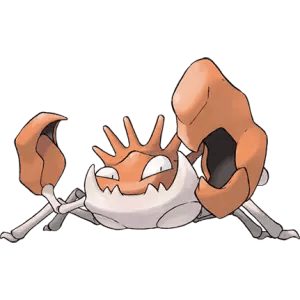
Kingler is "巨钳蟹 (Jù qián xiè)."
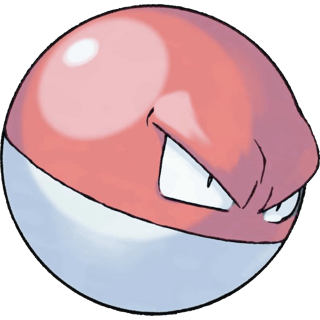
Voltorb is "雷电球 (Léidiànqiú.)"
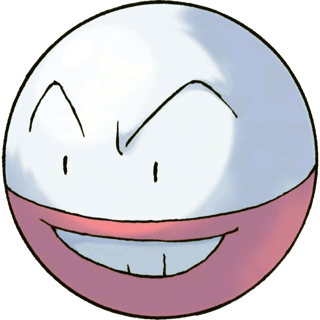
Electrode is "顽皮弹 (Wánpídàn.)" "顽皮" means "michevious" or "playful," and is often used to describe children.
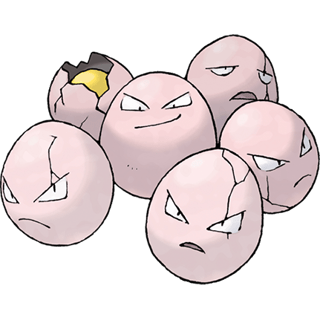
Exeggcute is "蛋蛋 (Dàndàn.)" This is probably a more unfortunate name, as this is also Chinese slang for a certain part of the male anatomy.
Related: Chinese Slang Words To Make You Sound Like A Native
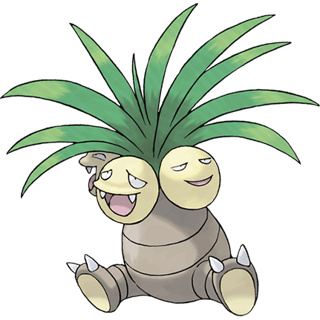
Exeggutor is "椰蛋树 (Yédànshù.)"
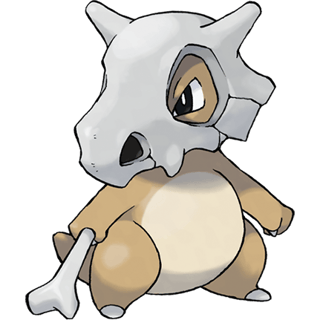
Cubone is "可拉可拉 (Kě lā kě lā.)" Its name is mimicking the sound of the earth moving.
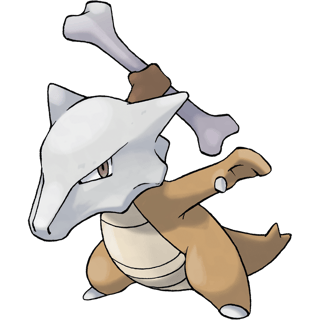
Marowak is "嘎拉嘎拉 (Gā lā gā lā)" which is to mimic the sound of a cackle.
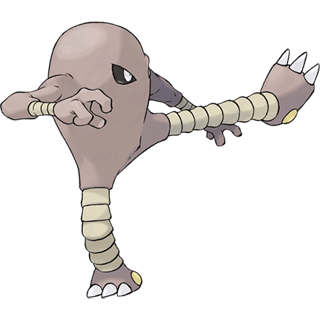
Hitmonlee is "沙瓦郎 (Shā wǎ láng.) It is named after Sawamura Tadashi, a famous Japanese kickboxer. "郎" is a word for "youth" or "young man."
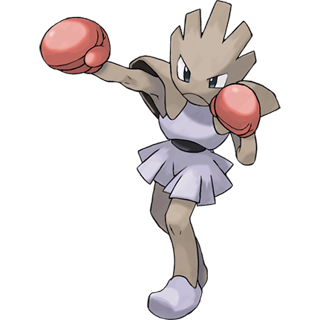
Hitmochan is "艾比郎 (Àibǐláng)" in Chinese. It is named after the world-champion Japanese flyweight boxer, Ebihara Hiroyuki.
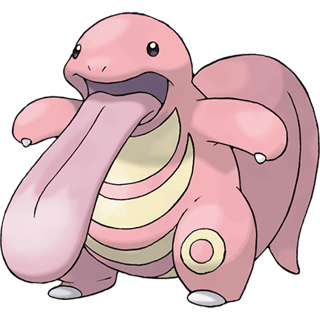
Lickitung is "大舌头 (Dàshétóu)." Sometimes straightforward and simple is the way to go.
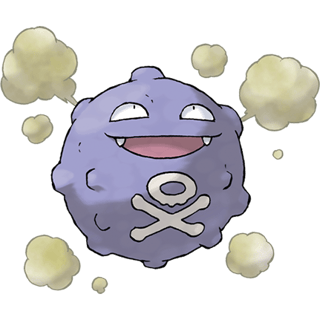
Koffing is "瓦斯弹 (Wǎsīdàn)."
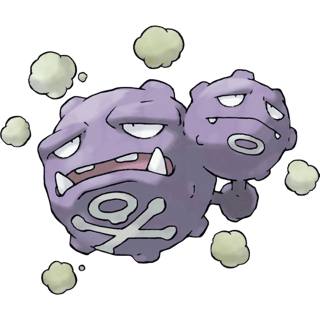
Weezing is "双弹瓦斯 (Shuāngdànwǎsī.)"
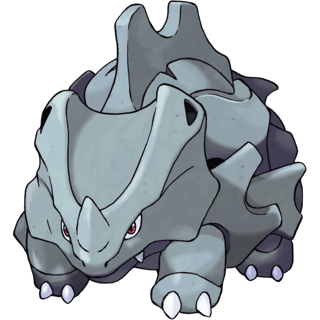
Rhyhorn is "铁甲犀牛 (Tiě jiǎ xī niú)."
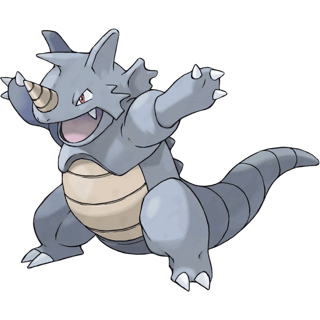
Rhydon is "铁甲暴龙 (Tiě jiǎ bào lóng.)"
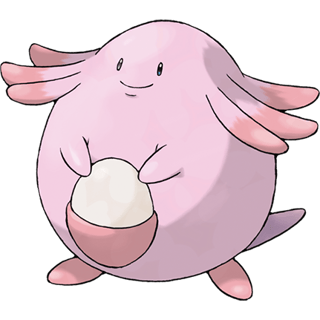
Chansey is "吉利蛋 (Jí lì dàn.)" "吉利" means "lucky" or "auspicious." Funnily enough, "lucky eggs" are an item that you can use in Pokemon Go.
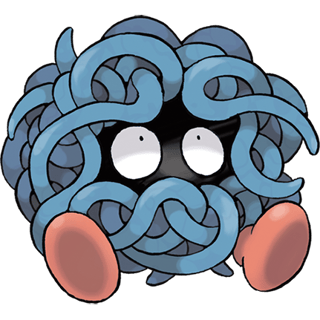
Tangela is "蔓藤怪 (Màn téng guài.)"
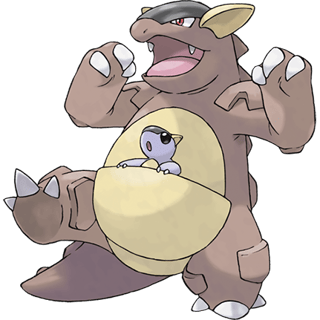
Kanghaskhan is "袋龙 (Dài lóng.)" "袋“ means "pouch." It is also part of the Chinese word for "kangaroo" which is "袋鼠 (dài shǔ.)"
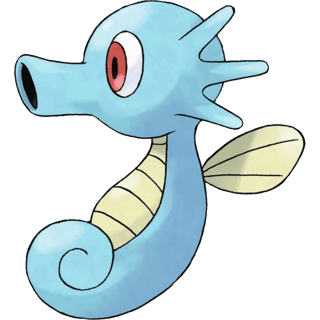
Horsea is "墨海马 (Mò hǎi mǎ.)"
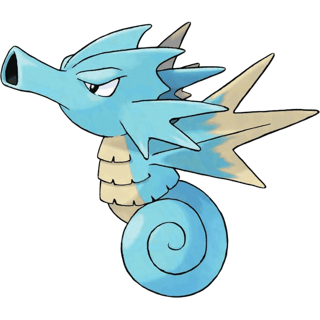
Seadra is "海刺龙 (Hǎi cì lóng.)"
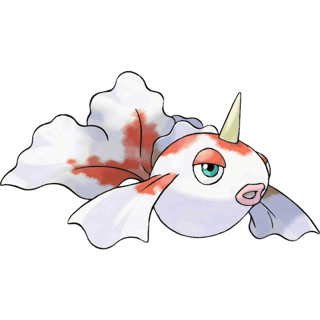
Goldeen is "角金鱼 (Jiǎo jīn yú.)"
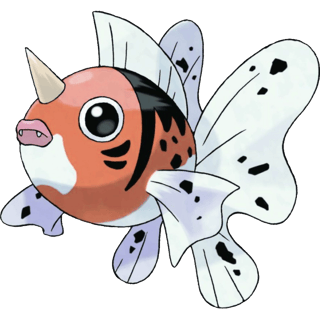
Seaking is "金鱼王 (Jīn yú wáng.)"
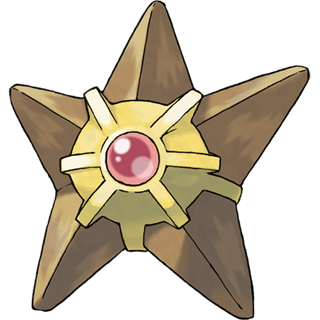
Staryu is "海星星 (Hǎi xīng xīng)."
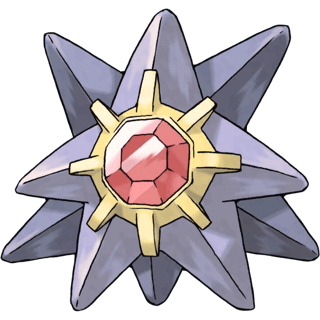
Starmie is "宝石海星 (Bǎo shí hǎi xīng.)"
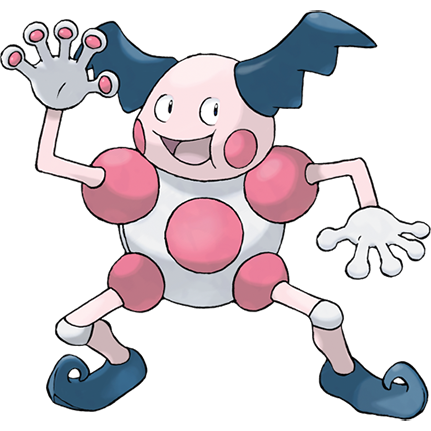
Mr. Mime is "吸盘魔偶 (Xīpánmó'ǒu)" in Chinese. Interestingly enough, they did not use the word for "mime" in Chinese, which is "哑剧 (yǎ jù.)"
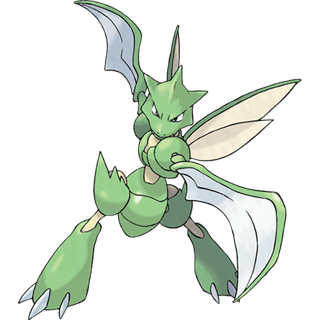
Scyther is "飞天螳螂 (Fēi tiān táng láng) which is one of the more literal name translations.
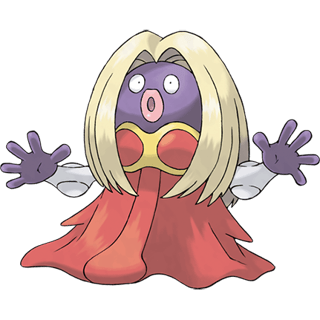
Jynx is "迷唇姐 (Mí chún jiě.)" "姐 (jiě)" can refer to "girl" or "lady," but it is most often used to describe an "elder sister."
Related: The VERY Complicated Chinese Family Tree
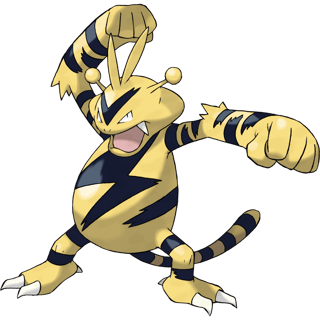
Electabuzz is "电击兽 (Diàn jí shòu.)"
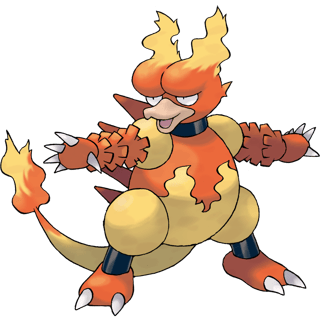
Magmar is "鸭嘴火龙 (Yā zuǐ huǒ lóng.)" Clearly the Chinese name-makers went with appearance on this one.
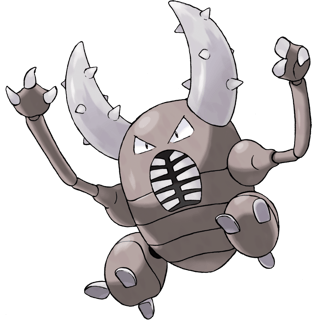
Pinsir is "大甲 (Dà jiǎ.) "甲 (jiǎ)" is also one-half of the Chinese word for "beetle," which is "甲虫."
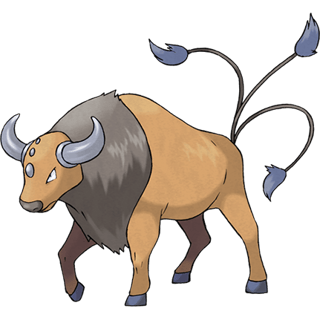
Tauros is "肯泰罗 (Kěntàiluó)" which is a phonetic translation of the Greek word for "centaur", Kentauros.
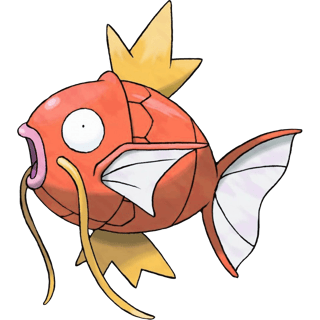
Magikarp in CHinese is "鲤鱼王 (Lǐ yú wáng.)" There's a famous Chinese dish called "糖醋鲤鱼 (táng cù lǐ yú)" or "sweet and sour carp" that comes from the Shandong province.
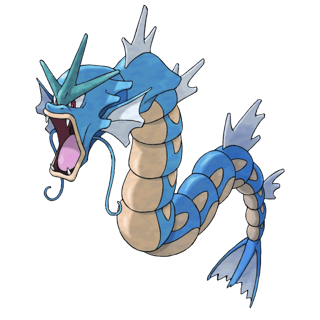
Gyarados is "暴鲤龙 (Bào lǐ lóng)" in Chinese. Gyarados actually looks very similar to a Chinese dragon, which is very different from a Western dragon. One of the key appearance features of a Chinese dragon is they have the scales of a carp.
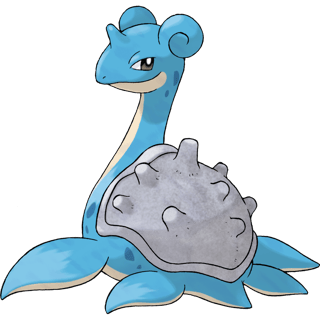
Lapras in Chinese is "乘龙 (Chénglóng.)" "乘" comes from "乘坐 (chéng zuò)" which means "ride" or "take."
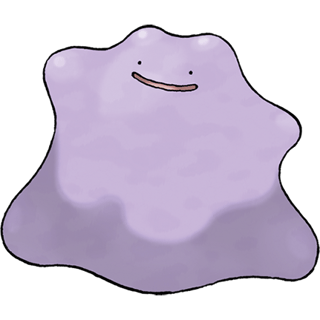
Ditto is "百变怪 (Bǎi biàn guài.)" "百变 (Bǎi biàn)" also translates into "variety."
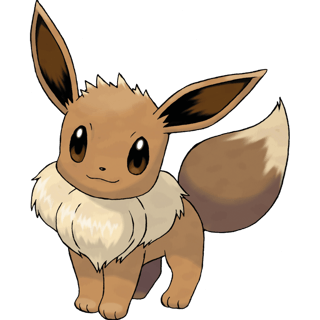
Eevee is "伊布 (Yī bù.)" The name comes from the phonetic translation of "evolution."
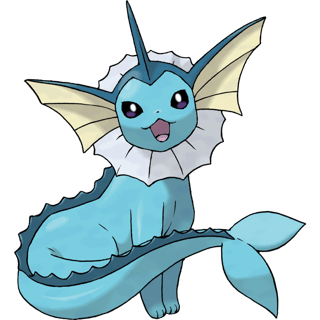
Vaporeon is "水精灵 (Shuǐ jīng líng.)"
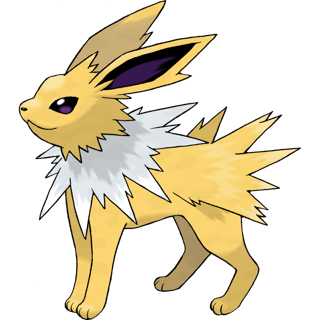
Jolteon is "雷精灵 (Léi jīng líng.)"
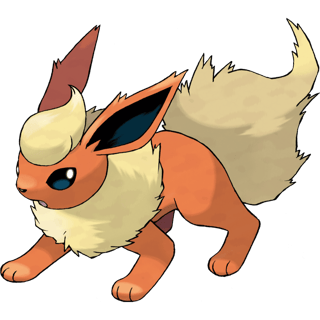
Flareon is "火精灵 (Huǒ jīng líng.)
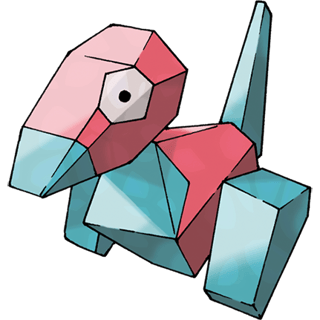
Porygon is "3D龙 (3D-Lóng.)" Self-explanatory.
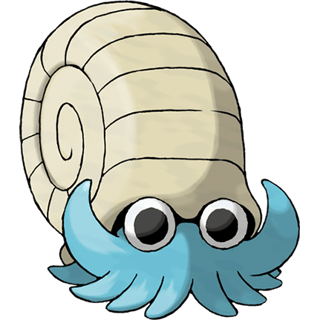
Omanyte is "菊石兽 (Jú shí shòu.)" "Ammonite" in Chinese is "菊石," which literally means "chrysanthemum rock."
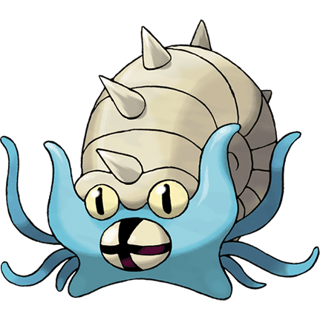
Omastar is "多刺菊石兽 (Duō cì jú shí shòu.)"
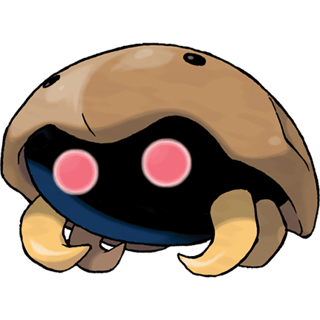
Kabuto in Chinese is "化石盔 (Huà shí kuī)." Helmet in Chinese is "头盔 (tóu kuī)" which is something you should wear if you are a driving a motorcycle in China. Or maybe just if you are driving in China.
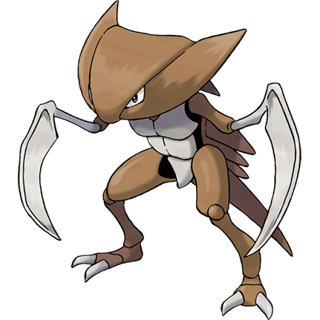
Kabutops is "镰刀盔 (Lián dāo kuī.)"
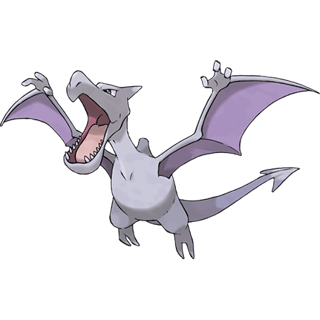
Aerodactyl in Chinese is "化石翼龙 (Huà shí yì lóng.)"
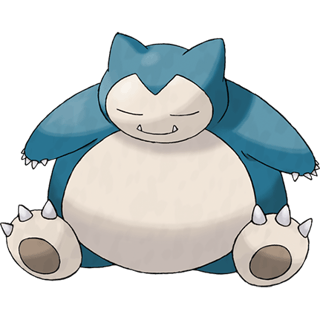
Snorlax is "卡比兽 (Kǎ bǐ shòu.)" It was named after the nickname of a Japanese employee at Game Freak.
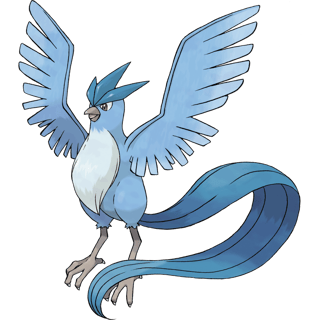
Articuno is "急冻鸟 (Jí dòng niǎo)" in Chinese. "急冻 (Jí dòng)" is "frozen" and "鸟 (niǎo)" is "bird."
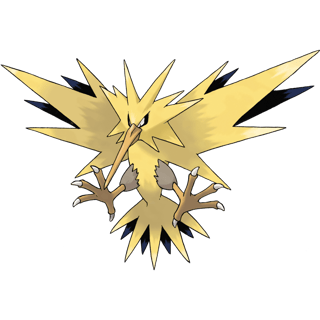
Zapdos is "闪电鸟 (Shǎn diàn niǎo)." "闪电(Shǎn diàn)" means "lightning" in Chinese, literally "flash electricity."
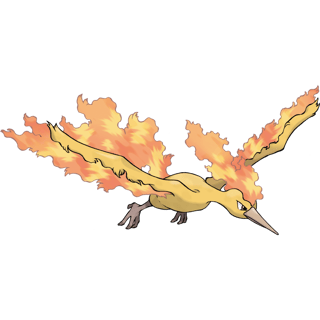
Moltres is "火焰鸟 (Huǒ yàn niǎo.)"
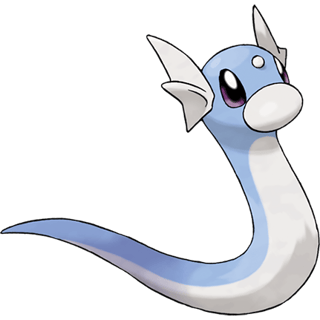
Dratini is "迷你龙 (Mí nǐ lóng.)"
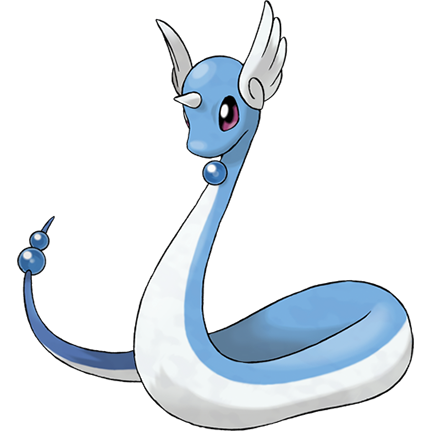
Dragonair is "哈克龙 (Hākèlóng)", a phonetic translation of the Japanese name "Hakuryu."
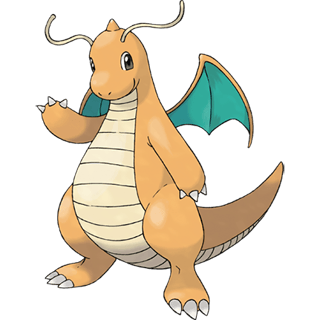
Dragonite is "快龙 (Kuài lóng)" in Chinese.
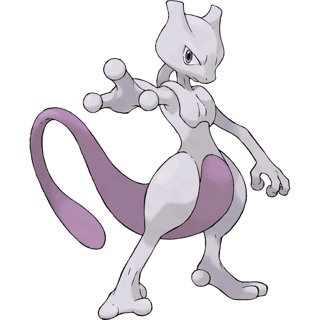
Mewtwo is "超梦 (Chāomèng)" in Chinese.
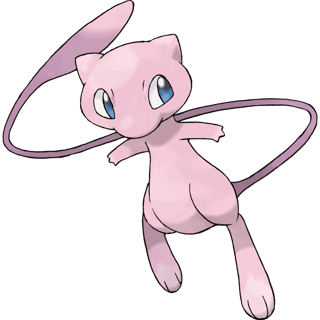
Mew is "梦幻 (Mèng huàn)" which can also translate into "fantasy."
Check out what the Chinese idiom "十面埋伏" means and how to use it in a sentence. It was also the title of a popular Chinese film by Zhang YiMou, "House...
How to choose an authentic Chinese name that also incorporates something about your personal or cultural identity, and why you shouldn't use an auto...
What do animals sound like in Chinese? It's quite different from how they sound in English!
Explore the beauty of Chinese characters, and unravel the tapestry of traditions. Subscribe to receive exclusive insights, valuable resources, and regular updates that will accelerate your language learning adventure.